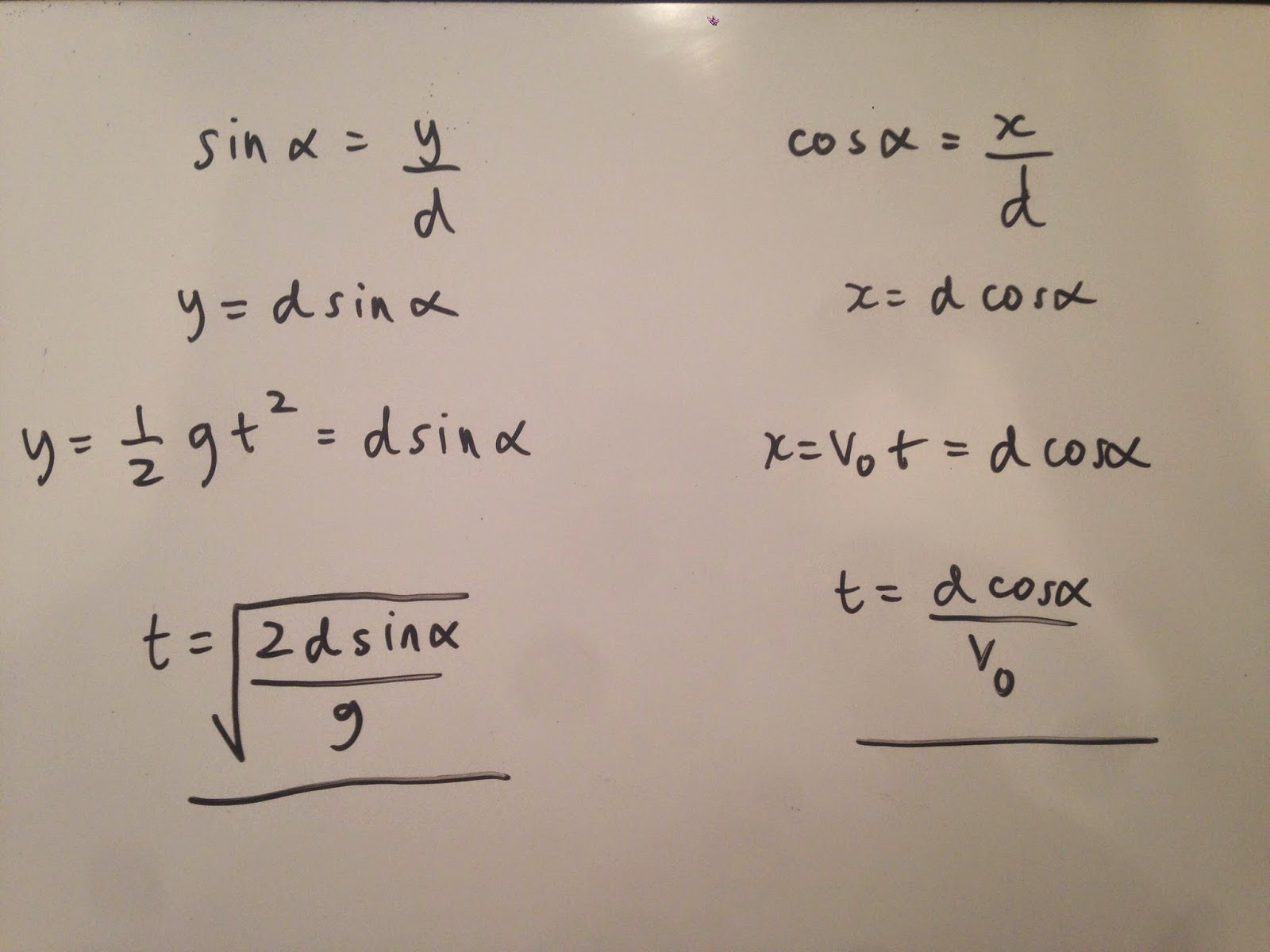Purpose: Use an accelerometer to determine the relationship between centripetal acceleration and angular speed.
Materials: An accelerometer mounted onto a disk and a scooter wheel used to revolve the disk such that the accelerometer passes through a photogate positioned on a pole.
Procedure: The disk was spun using the scooter wheel and the amount of time to complete 10 rotations was recorded at six different speeds. The distance of the accelerometer from the center of the rotating disk was also measured as well as the accelerometer reading corresponding to each speed.
We recorded and were able to generate six different speeds using six different voltages: 4.8, 6.2, 7.8, 8.8, 10.8, and 12.6. a is the centripetal acceleration, t(0) represents the time the first rotation occurred through the photogate and t(10) represents the time at which the 10th rotation occurred.
Centripetal acceleration is calculated using the formula a=v^2/r, where v=rω (How we relate linear speed to angular speed). Therefore, a=rω^2 and by rearraging to solve for r, we can find the radius. An acceptable value would be 13.8 - 14.0 cm.
ω = 2π rad / time for 1 rotation.
the last two columns were calculated columns.
ω was calculated using 10 rotations from t0 to t10
Once we input an equation into the calculated columns, we generated our plot. Using a best fit line, the value for our radius was .1371 m or 13.71 cm.
ω = 2π rad / time for 1 rotation.
After running and recording six different speeds, we input our values into logger pro to generate a graph of acceleration vs. angular speed^2 and compared our slope with the acceptable value.
the last two columns were calculated columns.
ω was calculated using 10 rotations from t0 to t10
Once we input an equation into the calculated columns, we generated our plot. Using a best fit line, the value for our radius was .1371 m or 13.71 cm.
Conclusion: The slope of the graph above displays the radius of the disk 13.71 cm. As the theory predicts, if we increased or decreased the angular speed or acceleration, the radius would do the same. Some sources of error could have been friction from the wheel on the disk or the tape slightly grazing the photogate. Another source of error to note is that t0 does not always begin exactly when time is 0 seconds. This means the tapes initial position was slightly different for each trial.


























































